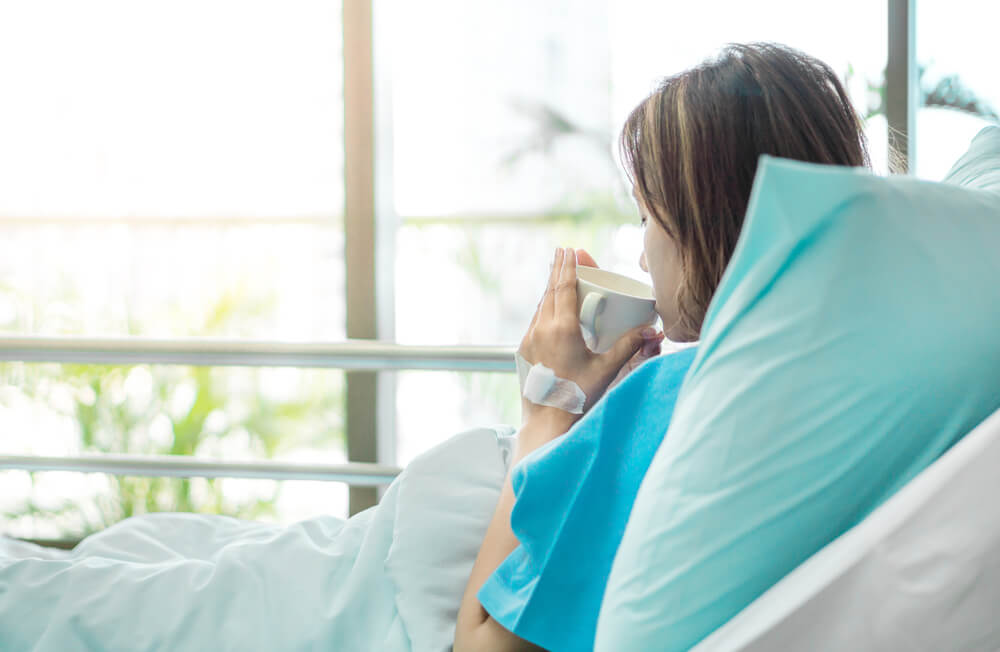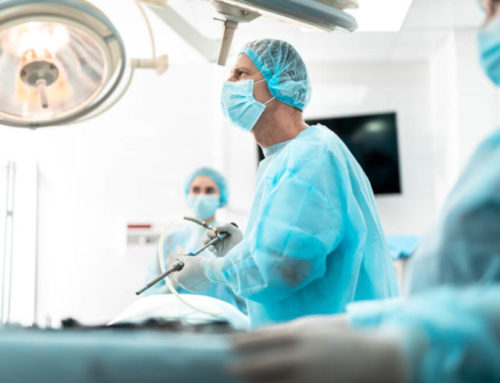Before discussing polypectomy, it’s important to understand what a polyp really is. Essentially, abnormal tissue growth that gets attached to the organ’s inner lining is called a polyp. The most common organs that could be affected include the uterus, colon, nose, and ears. In general, the polyp tends to be roundish and flat and typically doesn’t grow more than half an inch. With that, let’s move on to what a polypectomy is.
What Is a Polypectomy?
Simply put, the polyp removal procedure is referred to as polypectomy. For instance, if a patient is suspected of having a polyp in their colon, the polyp will be detected with the so-called colonoscopy procedure that involves the insertion of a colonoscope (long and thin tube with a camera) into the rectum. If the doctor finds a polyp, they will remove it by performing a polypectomy immediately. On the other hand, polyps detected in the uterus, also known as endometrial or uterine polyps, will be removed by performing hysteroscopic polypectomy.
Do Polyps Show Symptoms?

Now that we know what a polypectomy is, it’s important to discuss just how we can be made aware of having one in the first place. The thing about polyps is that, surprisingly, on most occasions, they don’t show any symptoms at all. Of course, that’s not always the case.
Sometimes, polyps in the colon can cause pain, bloody stool, or some other unusual changes in bowel movements.
When it comes to uterine polyps, women may experience the following symptoms:
- Heavy bleeding
- Bleeding after menopause
- Spotting or irregular bleeding
- Prolapse, i.e., the polyp protruding out of the uterus
Oftentimes, uterine polyps are discovered upon getting an ultrasound and the doctor might suggest getting rid of it through hysteroscopic polypectomy.
In order to see the uterus properly, the doctor will insert a hysteroscope (long and thin tube with a camera) into the vagina, through the cervix, and straight to the uterus. Then the right instruments for uterine polyp removal will be inserted through this tube to actually get rid of the polyps. As a procedure, hysteroscopic polypectomy is not painful, but when it comes to the entire uterine polyp removal experience, the patient might feel a bit uncomfortable due to having a tube inserted in their body.
How to Prepare for a Uterine Polyp Removal?
In a way, uterine polyp removal is a gynecologic surgery, and as such, it will have to be performed under general anesthesia and in the op room. However, there’s no reason to fear the uterine polyp removal experience as the entire procedure lasts for about 15-20 minutes, and the patient can go home on the same day. Still, there are some preparation steps that are important to go through.
General anesthesia requires the patient to fast at least 6 hours and up to 12 hours before the procedure. Water and prescribed medication are fine, as long as you’ve checked with your doctor about the meds before. You can also expect to have consultations with an anesthesiologist in order for them to give you an adequate and safe dose of anesthesia. It’s also easy to forget that it will be necessary to plan your trip back home after the procedure. While you’ll be perfectly able to leave on the same day, you’ll definitely need to have someone else drive you because of the lingering effects of general anesthesia.
We mentioned that you’ll need to discuss the meds you’re taking with your doctor. This is because certain medications can lead to blood thinning and should be avoided before and after the polypectomy, at least, for a while. For example, think of meds such as naproxen, ibuprofen, aspirin, warfarin, and clopidogrel, and vitamins/supplements such as ginkgo biloba, vitamin E, ginger, and garlic. However, your doctor might prescribe certain pain killers and antibiotics that are safe to take and may prevent infection together with pain relief.
It’s not uncommon to get some blood tests done before polypectomy just to be on the safe side and ensure you’re in good health for the procedure. Additional ultrasounds and imaging tests might be necessary, too.
In order to make your uterine polyp removal experience safe and minimize any potential risks, smokers will have to give up their nicotine habit prior to the hysteroscopic polypectomy. This goes for marijuana as well. Any kind of smoking can cause issues and complications with this treatment. Essentially, the best practice would be to remain smoke-free for about 4-6 weeks before polypectomy and 4 weeks after it.
It’s also important to inform the doctor about when you had your last period since the ideal timing for hysteroscopic polypectomy is after the period but before ovulation. This can be anywhere between a day and ten days after the menstrual bleeding stopps.
However, if the entire procedure got more complex, it might be necessary for the patient to stay 1-2 extra days in the hospital. Most importantly, if you happen to feel nauseous or get shivers after the procedure, make sure to tell your doctor as soon as possible.
Once the polyp is taken out, it will be tested in the lab to check whether it’s cancerous or benign.
What Does the Recovery Process Look Like?

Tenderness and discomfort are the common issues to deal with after uterine polyp removal. The doctor may prescribe safe pain meds for relief, but using a warm compress can also be helpful. Furthermore, some women experience slight bleeding just after the procedure as well as get discharge for up to 2 weeks afterward. However, the menstrual cycle should be perfectly normal. Still, if you’re used to tampons, switch them for pads for your next period, especially if you get it in the two weeks after polypectomy.
Refrain from any strenuous physical activities, including sexual intercourse, until you heal completely. The length of the recovery period post polypectomy is individual but is generally between two and four weeks.
The ideal time to get another doctor’s checkup is about a week after having the procedure. The doctor will inspect your recovery progress and possibly discuss the polyp lab results during this follow-up.
The follow-up appointments are very important as the doctor needs to keep track of your symptoms as well. The polyp removal should make all the negative symptoms go away, but sometimes there can be complications that need to be addressed as soon as possible, such as unusual bleeding or consistent pain. Also, the unfortunate truth is that polyps can grow back even after they’ve been removed. This may warrant another polypectomy or some other treatments that could help, such as taking a progestin drug, getting an IUD, or going through endometrial ablation.
Uterine polyps are not preventable, so there’s no need to beat yourself over it if you happen to get them. It’s true that some factors may increase the risk of their development, such as high blood pressure, obesity, and taking tamoxifen, but the actual cause for polyp formation is still unknown. This is why it’s crucial to go to regular OBGYN checkups. Don’t hesitate to get in touch with Dr. Kompal Gadh at the Advanced OBGYN Institute if you have any concerns about your reproductive health. She has years of practice and expertise under her belt and has already helped thousands of women lead happy and healthy lives.



